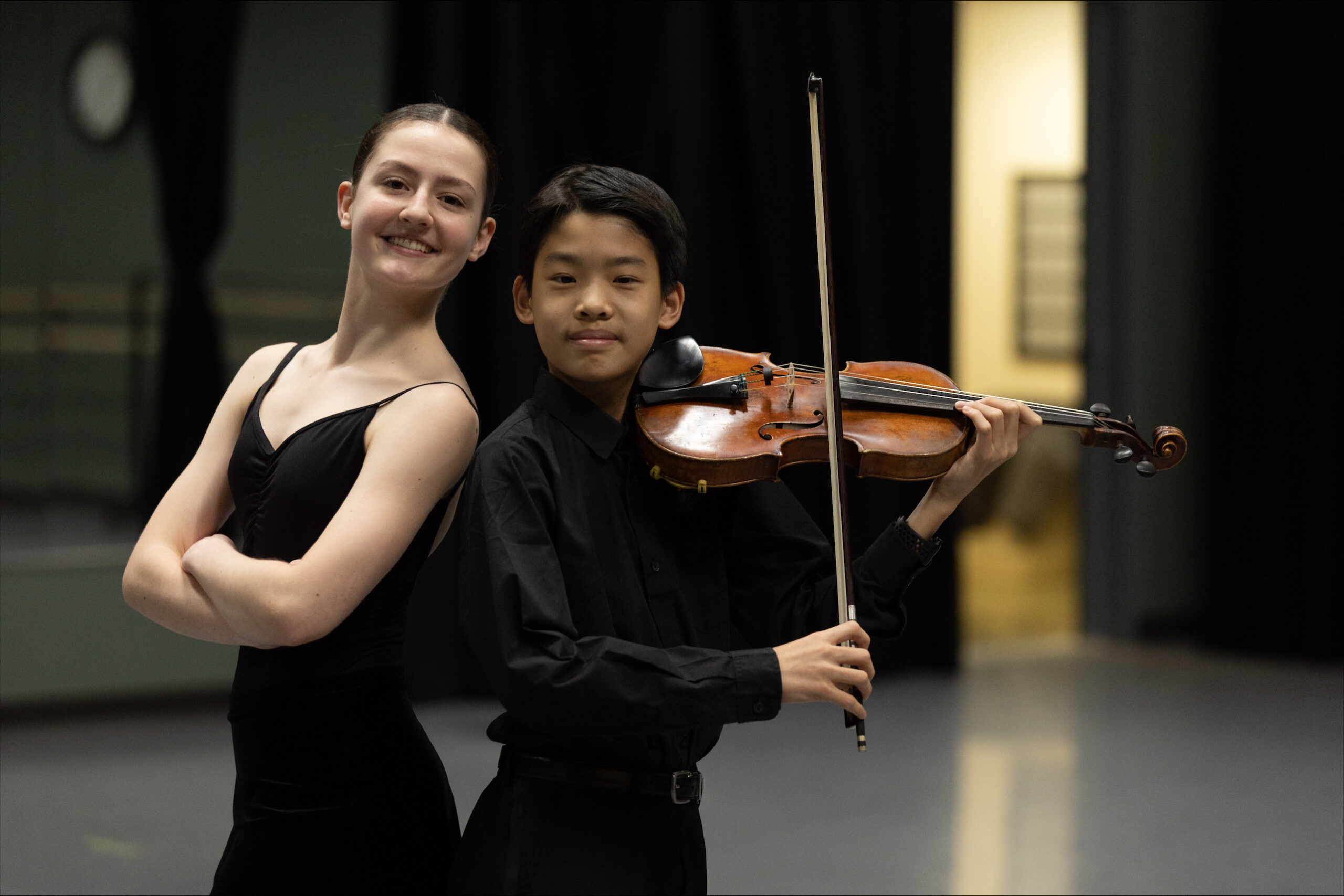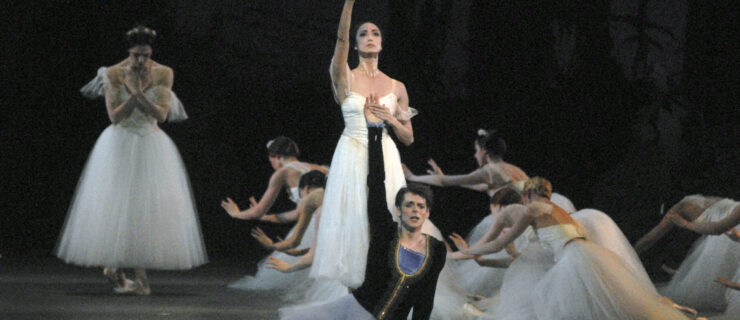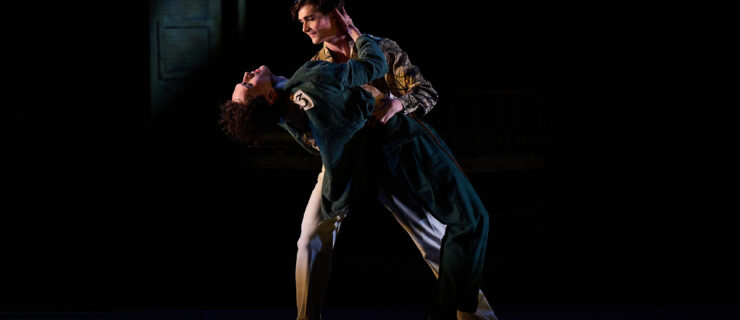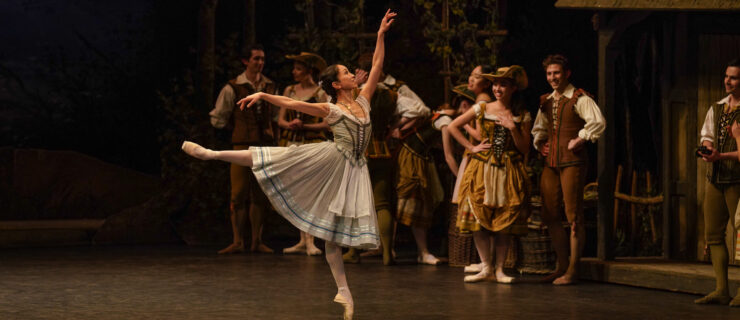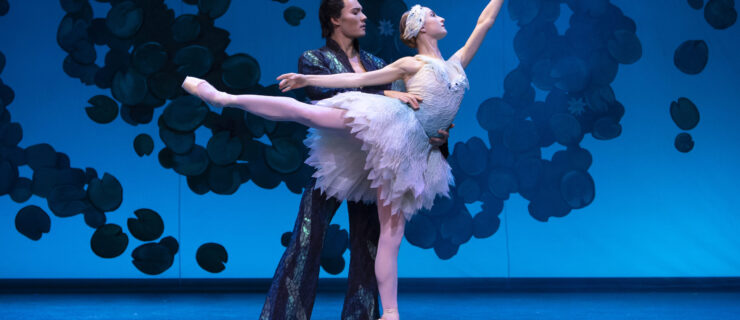Learning From Each Other: School of Ballet Arizona and Phoenix Youth Symphony Orchestra Work Together to Present Raymonda
In 2019, two leaders from Phoenix’s youth arts scene bumped into each other at a Phoenix Symphony rehearsal. Maria Simonetti, who directs the School of Ballet Arizona, recalls being impressed with conductor Matthew Kasper’s work and introduced herself. Delighted to learn that Kasper also directed the Phoenix Youth Symphony Orchestras, she invited him to see the SBAZ’s performance of Cinderella that fall. Kasper then suggested that Simonetti attend one of the PYSO’s concerts at a local church.
“It was a Tuesday morning, I remember vividly,” says Simonetti. “They performed Prokofiev’s Romeo & Juliet score, which I’m very familiar with as a dancer. I thought, How can students perform at this level? This is unbelievable!”
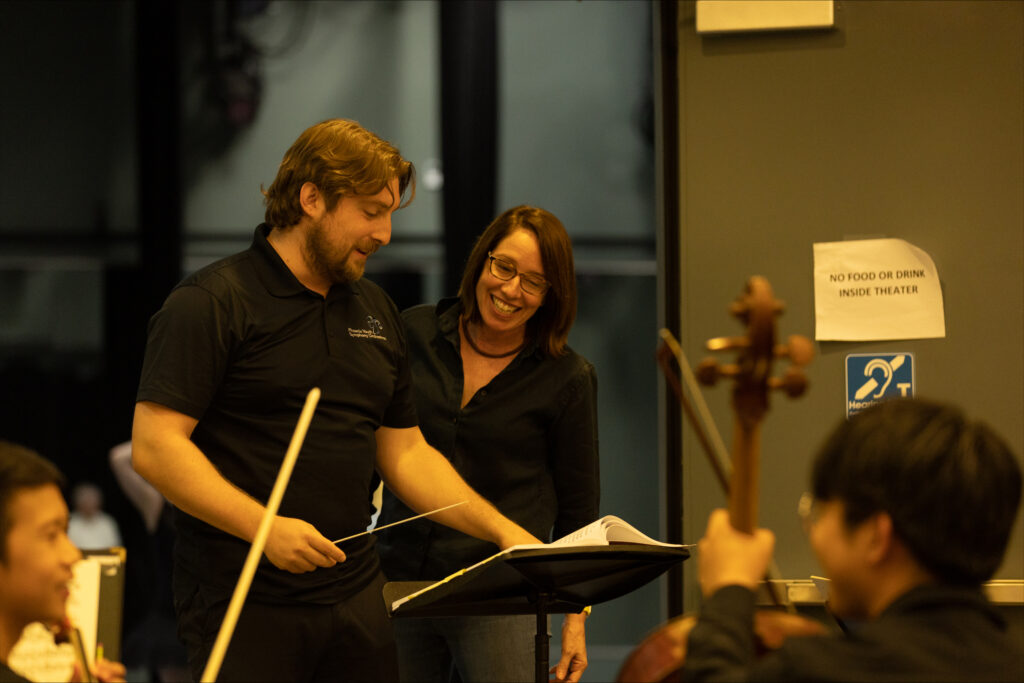
After the performance, Simonetti immediately emailed Kasper to pitch a collaboration. By February 2020, the two organizations were poised to put on a full-blown ballet production that coming spring, featuring dancing by the SBAZ students and live accompaniment by PYSO. And while the onset of the COVID-19 pandemic created some complications, the team ended up pulling off a successful outdoor performance of Swan Lake in May 2021 at the local Desert Botanical Garden—one that was so successful, in fact, that the two have made it a mission to continue collaborating every year, including small ensemble pieces each fall in addition to an annual full-length show in the spring.
This June 3 and 4, at Phoenix’s Madison Center for the Arts, SBAZ and PYSO present their third full-length ballet together: Raymonda. With 228 participating students, a notoriously difficult score, and almost entirely new choreography, the project has been a behemoth both Simonetti and Kasper are tackling with vigor.
“We’re on year three, so we have more experience and are more organized facing challenges as they come up,” Kasper says. “I started listening to Raymonda a few months ago because I didn’t know that ballet, and immediately I knew we had to do it. The music is fantastic. It’s going to be such a great experience for the kids to play and dance.”
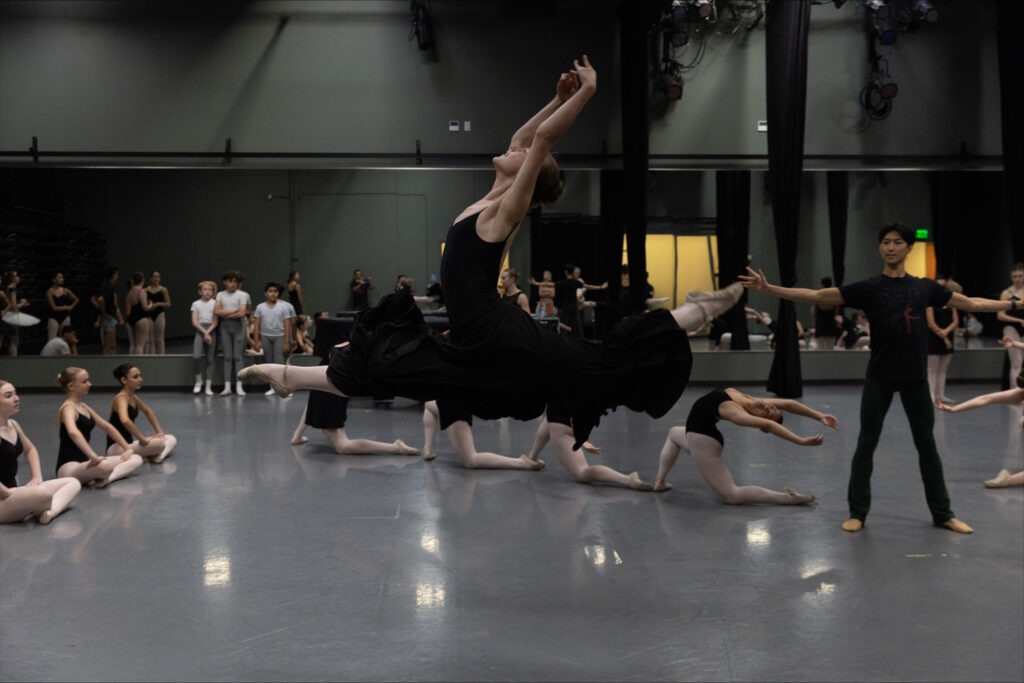
The duo agrees that the process has been challenging so far. Simonetti explains that unlike the past two collaborative productions (Swan Lake and The Sleeping Beauty), Ballet Arizona does not have a full Raymonda in its repertoire; BAZ ballet mistress Lisbet Companioni has rallied to choreograph the first two acts from scratch, making sure it was fit for SBAZ.
“When he first suggested it, I thought he was totally insane!” laughs Simonetti. “The other day, I walked into PYSO’s rehearsal and thought, Oh, man, this music is difficult. But I trust him enough to know it’s the right thing to do.”
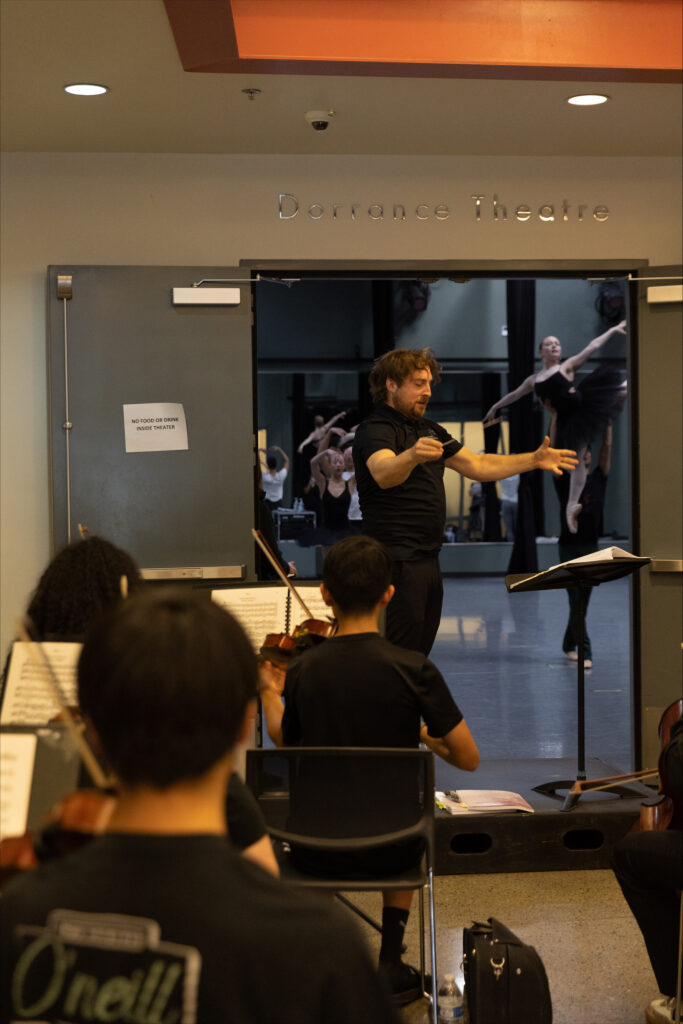
That approach has paid off. Thirteen-year-old Joshua Lee has played the violin for PYSO for three years, but he had never encountered music like the Raymonda score before: “I was like, ‘What even is this?’ But now it’s been two weeks since we started playing this piece, and it actually sounds really good. It’s different from Tchaikovsky—definitely lighter. Glazunov has his own way of interpreting music, which is really cool.”
SBAZ and PYSO began rehearsing together during the first week of May. To fit the sheer number of students in the Ballet Arizona studios—in a way that allows the dancers to hear the musicians—they’ve found success in the past by situating Kasper at the doorway of the building’s black box theater, in which the dancers rehearse, while the musicians play in the adjacent main lobby.
“It’s actually a cool reverse, in a sense, because when I conduct for the professional Ballet Arizona company, we usually get two rehearsals at best with the dancers,” says Kasper. “So the fact that the students get around eight rehearsals together is a real luxury, and, as Maria has said, an amazing learning opportunity for everybody involved.”
Lily Potter, a 16-year-old SBAZ student, is also a classical pianist and has known of PYSO for several years. Both of her siblings performed with the ensemble, so she has enjoyed the opportunity to collaborate with the musicians during her time at SBAZ. “With live music, they feed off of what we’re doing,” she explains. “And the tempo isn’t always the same, so we’ve learned how to really listen to them. It gets easier the more we do it.”
“I like the sound of live music, too,” she continues, “because based on that, we have to figure out what we express to the audience with our movement. We’ve learned so much listening to each other.”

Lee agrees. “Seeing how the dancers react to the music—to feel how we influence how they dance—is really cool,” he says. “Our conductor always says that this thing is actually really special. And whenever he says it thousands of times, we think, Yeah, yeah, we get it already. But if you actually think about it, this is really cool, because I really don’t think there are any other organizations out there that actually collaborate to make this happen.”
Over the years, Simonetti has enjoyed gaining a greater understanding of her fellow artists and watching the students “learn each other’s languages.” While navigating school students’ schedules can be difficult, she admits, she argues that the payout is more than worth it: “If you have the possibility, do it! Don’t be afraid of the challenge. The kids gain an incredible amount of responsibility toward each other; it’s an experience they’ll take with them for the rest of their lives.”
